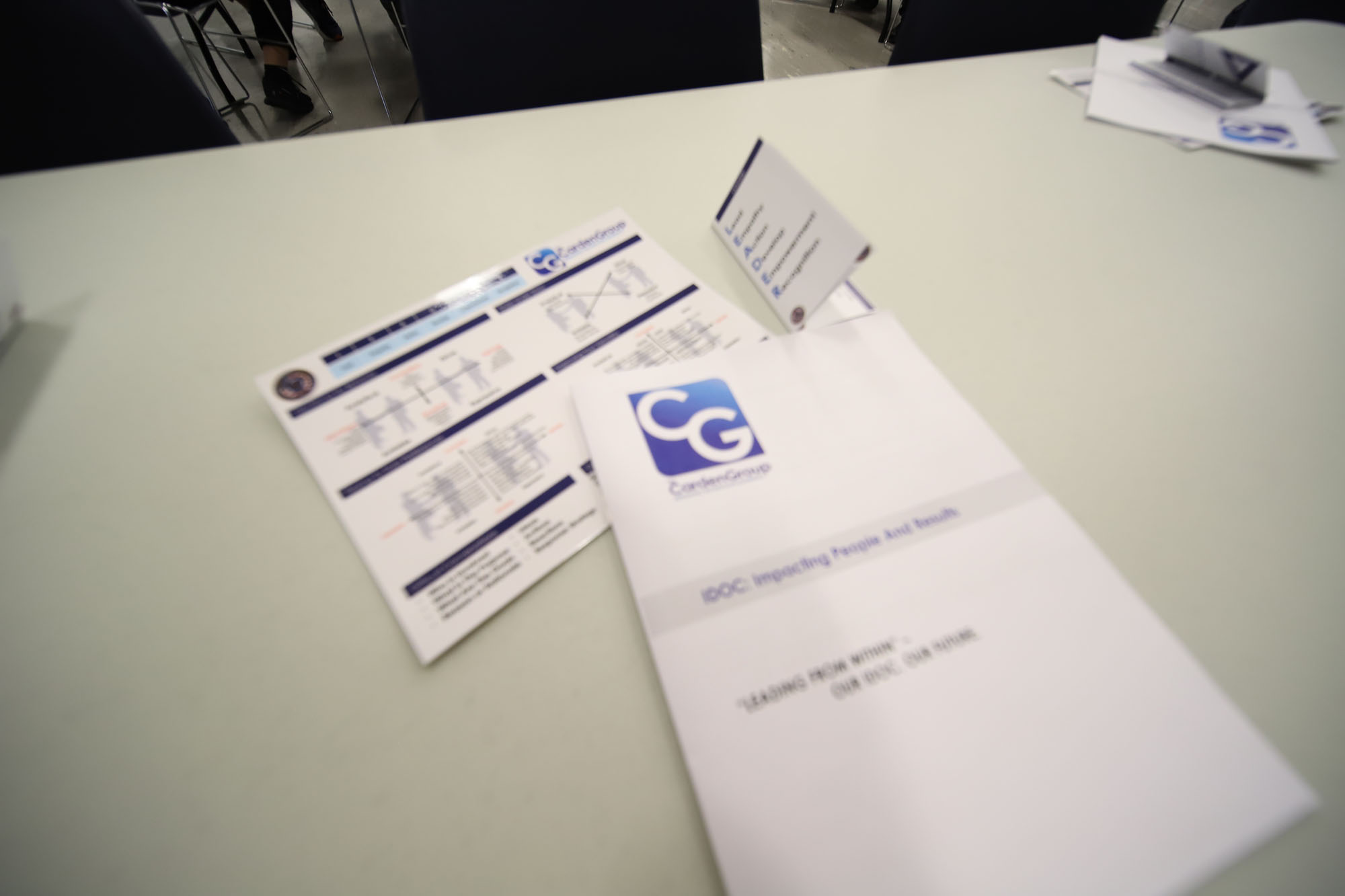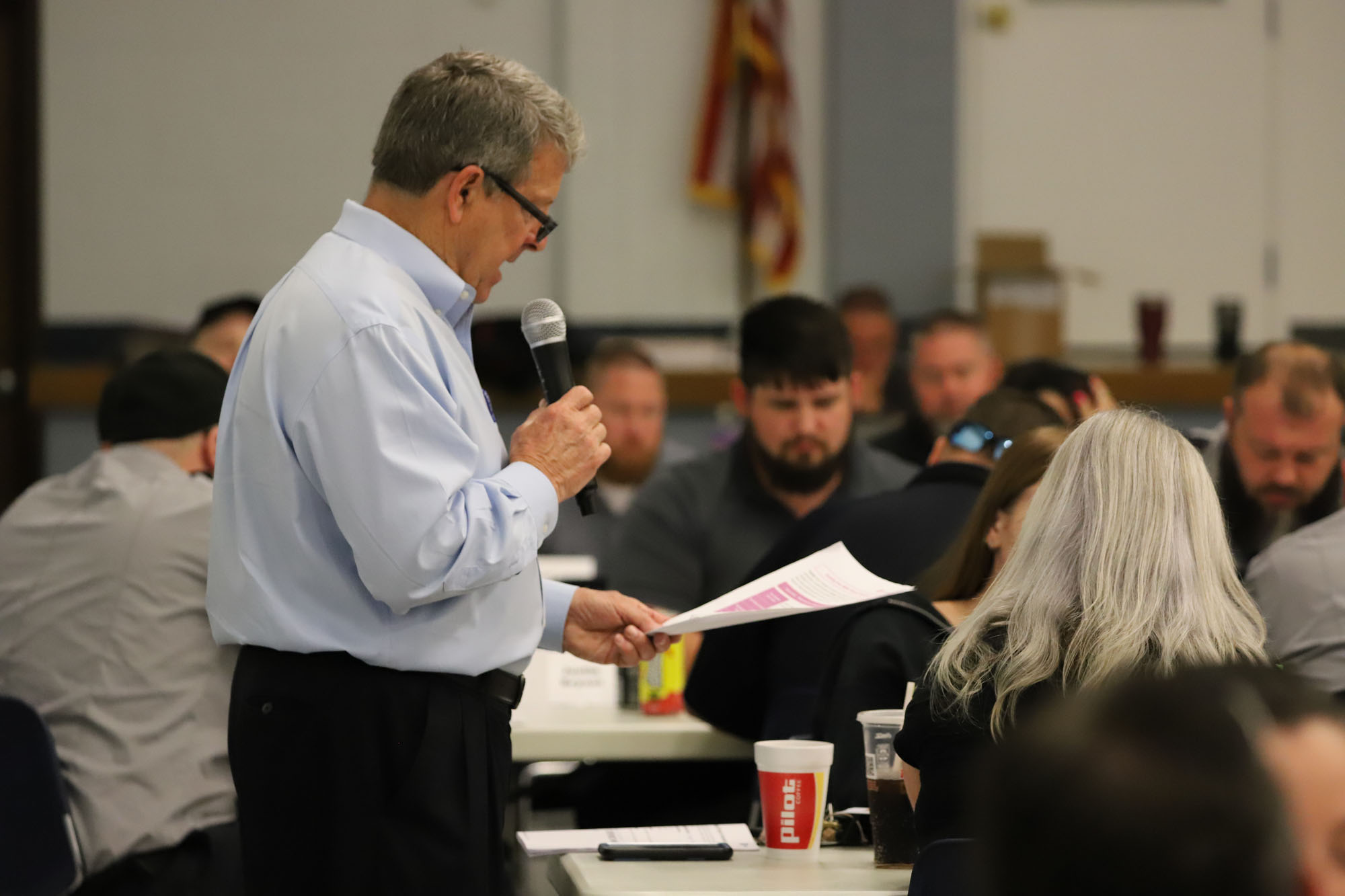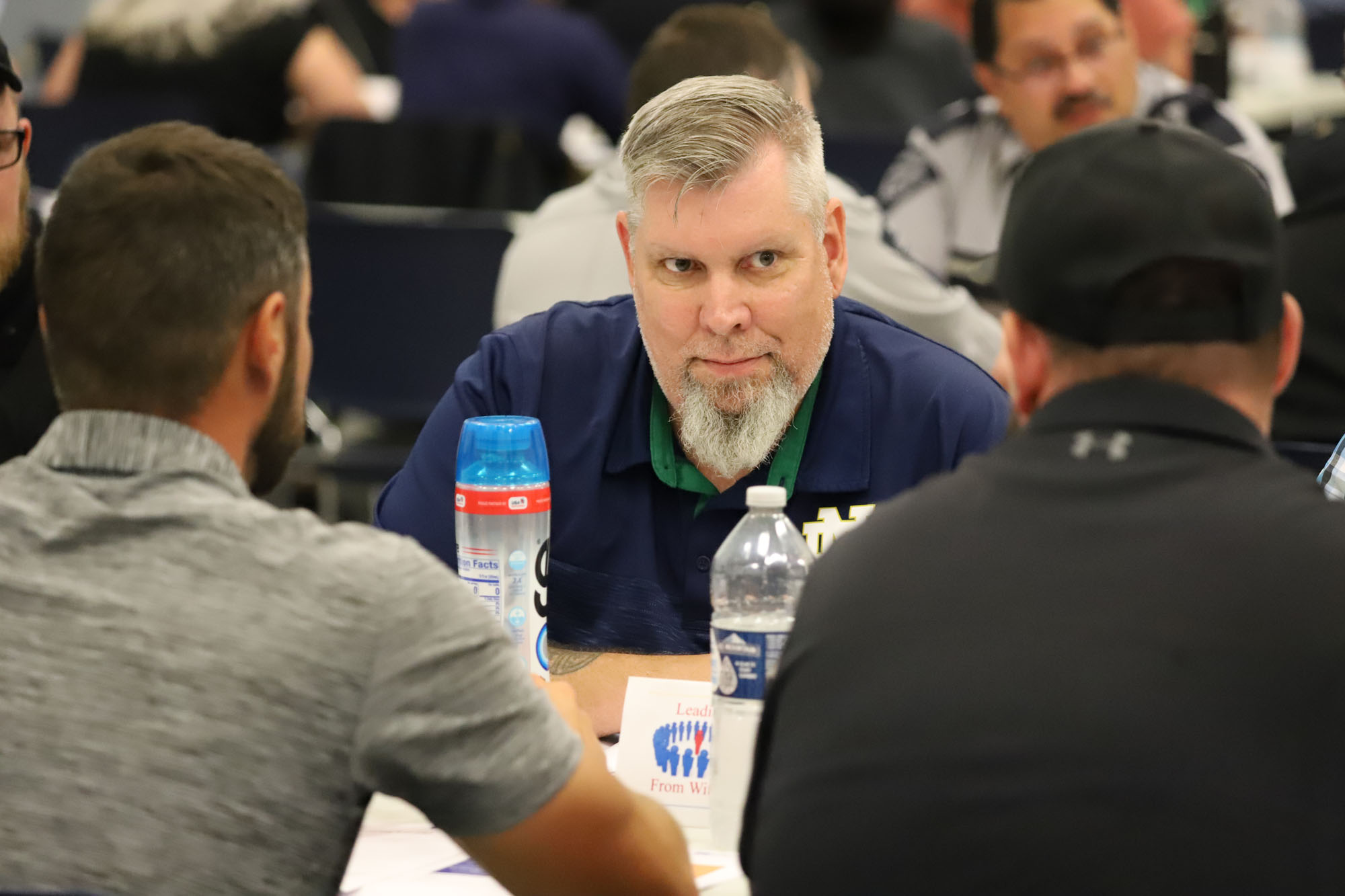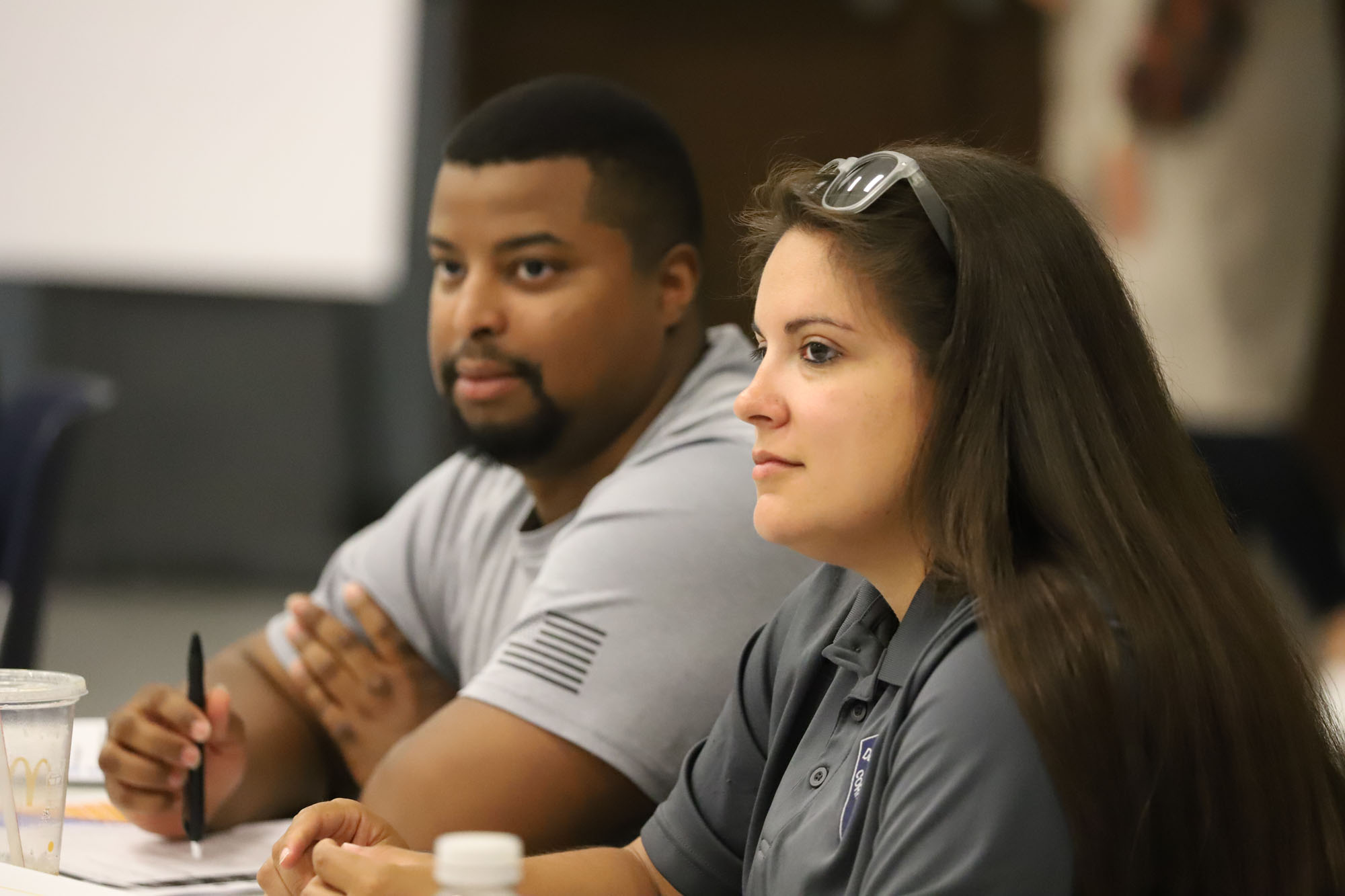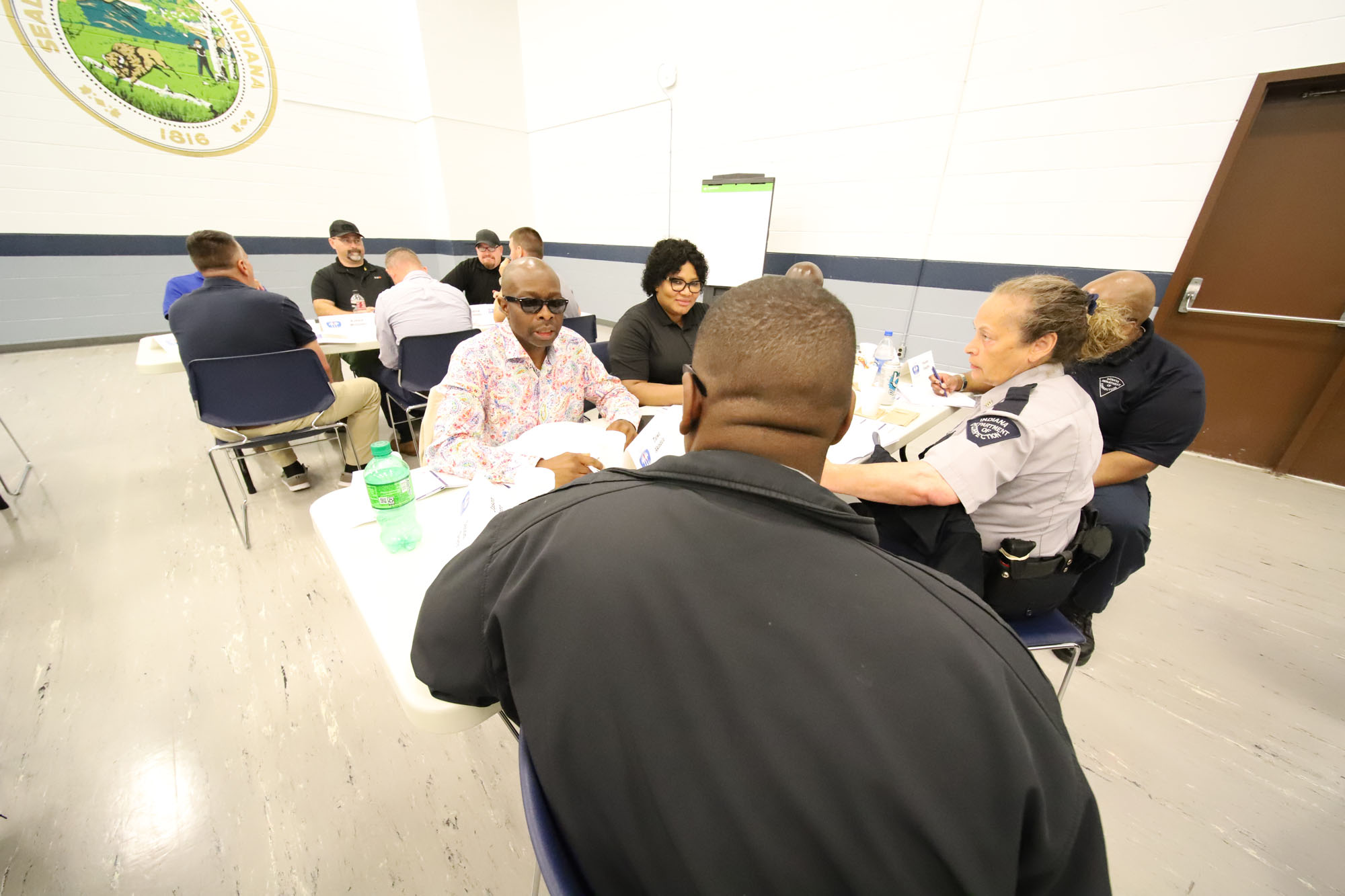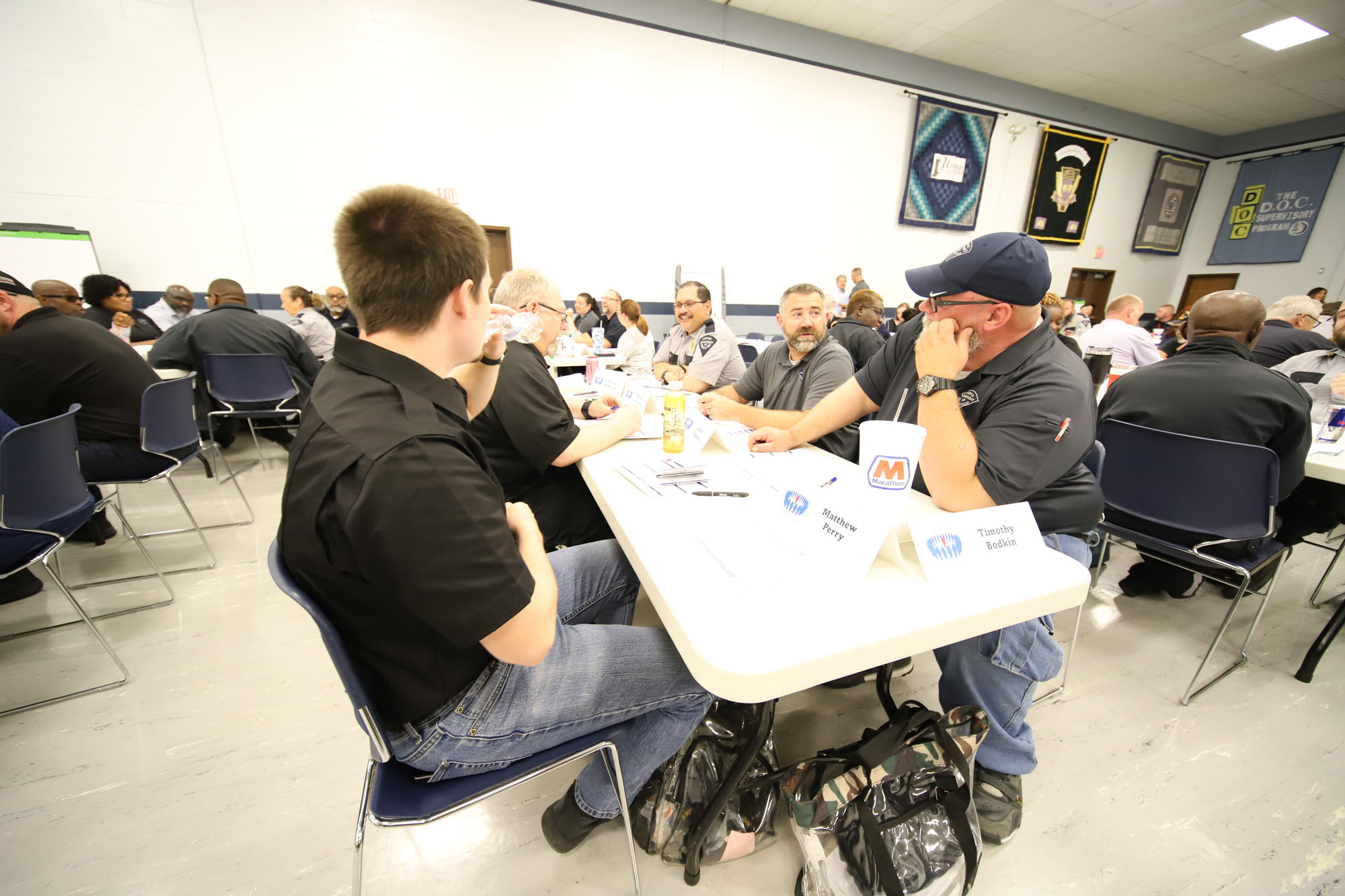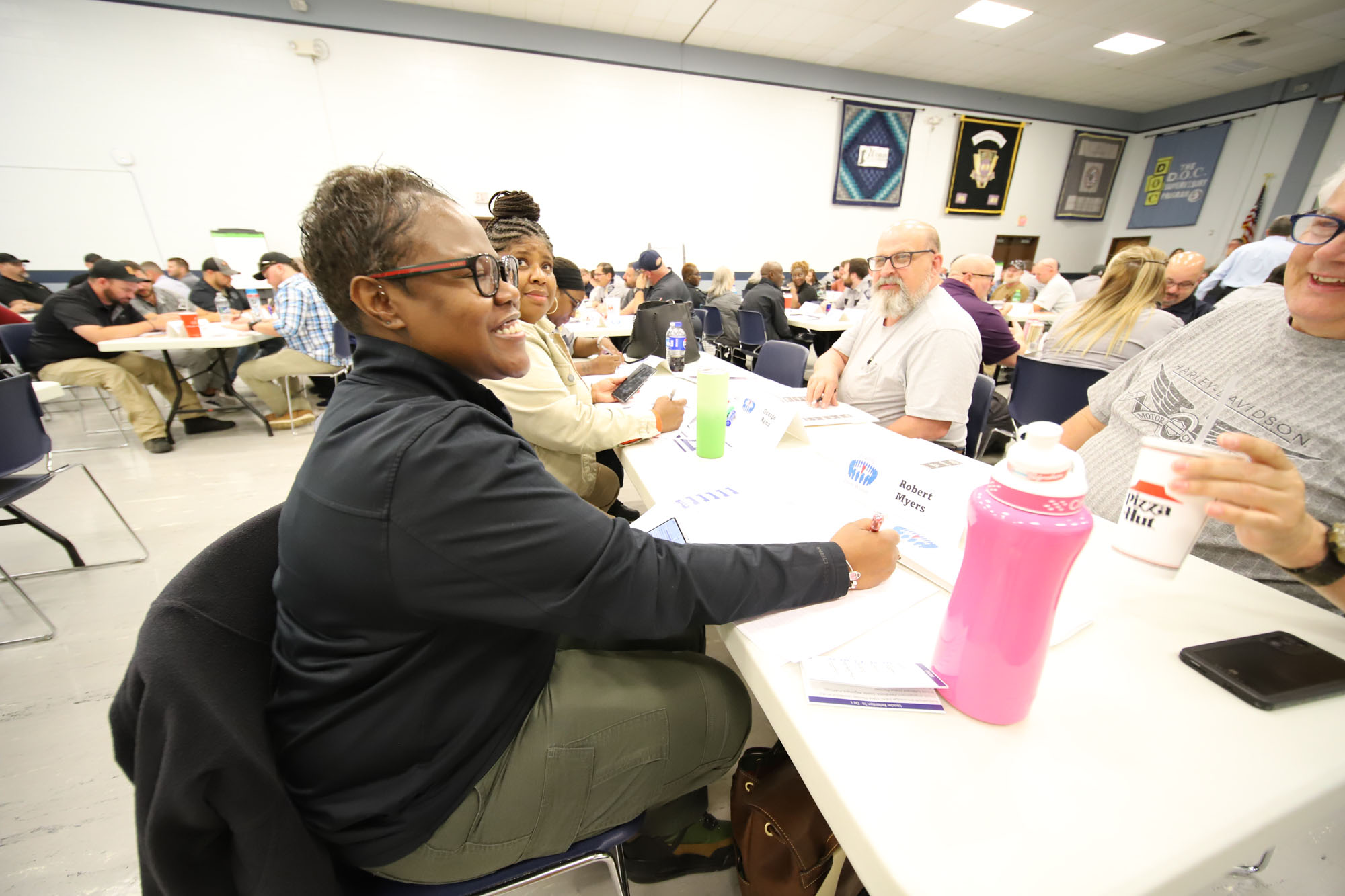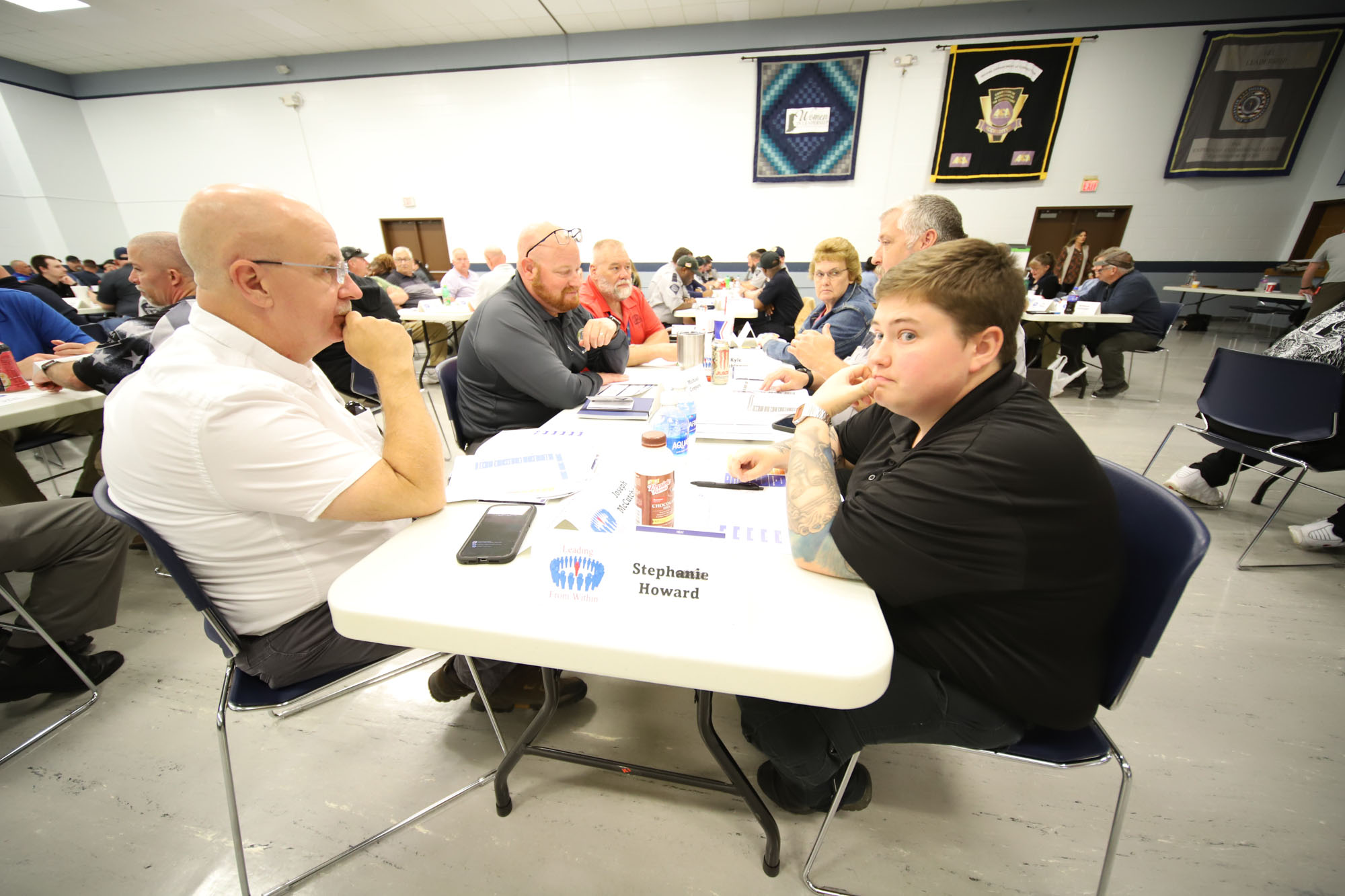Skills Archive
Social Styles
One of the primary ways we can improve communication is to be fully aware of our communication style and the communication style of our team members. The Four Social Styles: Driver, Analytical, Amiable, and Expressive, have their own positive attributes and are valuable to the success of our organization. Knowing your style and the style of others can help you “flex” how you communicate to ensure clarity and alignment with individuals and your team.
Having Difficult Conversations – Proactive Approach
Knowing how to plan and conduct difficult conversations with others makes top leaders stand out among the rest. This framework will help you make difficult conversations productive and will lead to stronger working relationships and create more engagement from your team.
Who
- Who will be involved? Do you know their social style?
- What can you do in advance to make each person feel more comfortable?
- What signs of tension should you look for?
Purpose
- Why do you want/need to have the discussion/conversation?
- What’s in it for me? What’s in it for them?
Goals
- What do you both hope to achieve?
Rationale and/or issues(s)
- What are the critical issues for you or them (or both)?
- What’s the benefit of addressing this?
- Why might it be a problem?
Ideas
- What ideas or solutions do you have, or do they have? (Have a few ideas preplanned, also have questions preplanned to ask them.)
Actions
- What follow-up actions are to be taken?
- What do you need in order to get an agreement and move forward?
Reactions
- What reactions do you think you’ll receive from the other person?
Response Strategy
- How do you have to self-manage yourself if these reactions come up?
Growth, Contribution, and Goals (GCG’s)
A tool that top leaders can leverage to keep their team members’ value at the forefront of their minds is the GCG Framework.
GCGs focus on: Growth, Contribution, and Goals.
Ask yourself the following questions:
- Where am I growing within my role and my leadership capacity?
- What are my contributions? What do I do really well?
- What are my goals for the next 30 days, 90 days, 1 year?
Once you’ve answered these questions, ask your team members the same questions. Have them fill it out and send it to you via email. Keep these GCGs handy, and when you do your Leadership Walks, one on ones, or any interaction with your team, remind your team members about their GCGs. Ask them if anything has changed, and how you can help them continually develop and stay with their goals. Having clarity around everyone’s GCGs continually reinforces the value that everyone brings to the organization and helps drive even better results.
HEAT Conversations
Heat Conversations allow leaders to quickly check in with their teams, understand the pulse of where they are, and help keep everyone clear and aligned on the purpose of their roles. HEAT also helps leaders create rapport, which leads to stronger working relationships, more engagement, fulfillment, and drives retention.
HEAT Conversations can be used during different times of the day. From a formal one-on-one to an informal conversation in the hallway. HEAT Conversations are modular, meaning you can use the framework as you see fit and as needed during the conversation. Heat stands for:
- H – How are things going
- E – Expectations
- A – Accountability/Appreciation
- T – Teamwork
HEAT is a powerful tool that provides a quick and easy to follow framework for ongoing dialogue within teams.
Clarify, Alignment + Purpose – Communication (CAP-C)
By intentionally creating Clarity, Alignment, and Purpose, along with effective communication, individuals, teams, divisions, and facilities can better understand how their daily activities, projects, and priorities drive the overall goals and objectives at the Agency level.
- Clarity: You must have clarity around your direction and goals, as well as everyone’s expectations. Is everyone on the same page?
- Alignment: Is everybody aligned and does everybody agree on the direction?
- Purpose: Each person’s role matters and impacts the overall vision and goals of the organization. Does everyone understand their purpose?
Through CAP-C, leaders can create work environments where team members have a clear understanding of their roles, how they contribute to organizational goals, and the overall purpose of their work. This can lead to increased motivation, productivity, and a stronger, more cohesive team.
3x3 Framework
The 3x3 framework serves as a valuable tool to keep meetings on track and facilitate productive conversations.
The first “3” in the framework represents the main points to be shared. Keep in mind the number 3 is arbitrary and may vary, however more than 5 main points may be too many for optimal understanding. The second “3” outlines the key components of the framework:
- Give them a Headline: Tell them what you are going to tell them and provide a preview of the main points.
- Tell them details around the main points, elaborate on the identified main points.
- Tell them what you told them or provide a recap and summarize the key takeaways, reinforcing understanding and retention.
De-escalation – Reactive Conflict Resolution
Having difficult conversations and conflicts is inevitable. It’s natural to shy away from having hard conversations because they don’t have the correct framework to de-escalate heated conversations and make them into productive and engaging conversations.
The De-escalation process allows leaders to take control of the situation, create an understanding between those involved, and have clarity and alignment on a resolution. When leaders have difficult conversations that are productive, our team is more engaged and working relationships will become better.
When having a reactive difficult conversation (someone approaches you and is frustrated), follow the framework below:
- Step 1: Clarify and Listen
- Step 2: Restate and Cushion
- Step 3: Draw Out (repeat Steps 1 + 2 if needed)
- Step 4: Isolate Primary
- Step 5: Respond
- Step 6: Align on Next Steps
The De-escalation process allows the other person to empty their bucket. As the leader, allow them to “hold the microphone.” In other words, allow them to talk more. Listen closely to get an understanding of what is actually the problem.








